How to calculate power requirements for LED stage lights? | Insights by LQE
- 1. How do I calculate the total power consumption of LED stage lights?
- 2. What is the recommended power supply capacity for LED stage lighting systems?
- 3. How do I account for voltage drop in long cable runs?
- 4. What are the industry standards for lighting power density in performance venues?
- 5. How do I ensure energy efficiency in LED stage lighting installations?
- 6. What are the key considerations for selecting power supplies for LED displays?
- LQE Advantages Summary
- Data Sources
1. How do I calculate the total power consumption of LED stage lights?
To determine the total power consumption of LED stage lights, follow these steps:
- Identify the power rating of each fixture: Check the manufacturer's specifications for the wattage of each LED light.
- Calculate the total wattage: Multiply the wattage of each fixture by the number of units to find the total wattage.
- Consider operating conditions: Account for factors like dimming levels and ambient temperature, which can affect power consumption.
For example, if each LED fixture is rated at 100W and you have 10 fixtures, the total power consumption would be 1,000W. Always refer to the manufacturer's guidelines for precise calculations.
2. What is the recommended power supply capacity for LED stage lighting systems?
When selecting a power supply for LED stage lighting, consider the following:
- Calculate total power requirement: Sum the wattage of all fixtures.
- Apply a safety margin: It's advisable to choose a power supply rated at 20-30% higher than the total power requirement to accommodate inrush currents and ensure reliability.
- Ensure compatibility: Verify that the power supply's output voltage matches the LED fixtures' requirements (commonly 5V, 12V, or 24V DC).
For instance, if your total power requirement is 1,000W, selecting a power supply rated at 1,200W to 1,300W would be prudent.
3. How do I account for voltage drop in long cable runs?
Voltage drop can occur over long distances, leading to reduced performance or damage to LED fixtures. To mitigate this:
- Use appropriate wire gauge: Thicker cables (lower AWG numbers) reduce resistance and voltage drop.
- Limit cable length: Keep cable runs as short as possible to minimize voltage drop.
- Consider voltage boosters: In extensive installations, use voltage boosters or power supplies with higher output to compensate for voltage loss.
For detailed calculations and recommendations, refer to resources like Scalectronics' LED Power Calculator.
4. What are the industry standards for lighting power density in performance venues?
Lighting Power Density (LPD) refers to the amount of electrical power used per unit area. Industry standards vary based on venue type:
- Theatrical Spaces: Typically have higher LPD due to the need for intense lighting effects.
- Conference Rooms: Generally have lower LPD, focusing on functional lighting.
It's essential to consult local building codes and standards, such as those from the Illuminating Engineering Society (IES), to determine appropriate LPD for your specific application.
5. How do I ensure energy efficiency in LED stage lighting installations?
To enhance energy efficiency in LED stage lighting:
- Utilize dimming controls: Implement dimming systems to adjust light levels based on performance needs, reducing energy consumption during less intense scenes.
- Incorporate daylight harvesting: Use sensors to adjust artificial lighting in response to natural light availability, optimizing energy use.
- Regular maintenance: Keep fixtures clean and in good working condition to maintain optimal performance and efficiency.
These strategies not only conserve energy but also extend the lifespan of your lighting equipment.
6. What are the key considerations for selecting power supplies for LED displays?
When choosing power supplies for LED displays, consider the following:
- Rated power: Ensure the power supply can handle the total wattage of the LED display with an appropriate safety margin.
- Voltage compatibility: Match the power supply's output voltage to the LED display's requirements (commonly 5V DC).
- Reliability and certifications: Opt for power supplies with certifications like UL or CE to ensure safety and quality.
For detailed guidance, refer to resources like LED Lights World's article on calculating the number of power supplies required for LED displays.
LQE Advantages Summary
LQE offers comprehensive solutions for LED stage lighting, including:
- Expert Consultation: Providing tailored advice to meet specific lighting requirements.
- High-Quality Products: Supplying reliable and efficient LED fixtures and power supplies.
- Energy Efficiency Focus: Offering products designed to minimize energy consumption while maintaining performance.
Data Sources
- Scalectronics - LED Power Calculator, November 2025
- Illuminating Engineering Society - Lighting Power Density Standards, November 2025
- LED Lights World - Calculating Power Supplies for LED Displays, November 2025
- U.S. Department of Energy - Energy Savings Forecast Report, November 2025
1000w
Does LQE Offer Customized Stage Moving Light Solution?
An experienced R&D team can provide customized digital stage lighting OEM/ODM solution service to meet clients’ unique demands from global markets, such as customized CRI parameter, Ingress protection rating, effect, etc.
Do You Supply After-Sale Service?
LQE lighting offers 7x24 hrs systematic SOP customer support with dedicated personnel, ensuring quick and comprehensive assistance for stage lighting needs.
Does LQE Offer a Stage Light Design Solution?
LQE experienced team glad to supply a stage lighting configuration design solution or suggestion for projector who don’t have much experience in lighting design, project, theatre and studio.
What Kind of Certificates You Offer?
All kinds of certificates could be offered by LQE digital moving light factory, which depends on customer’s required, different pricing plan for different approval.
Distributor
Is there a minimum order quantity (MOQ) to become a distributor?
MOQ requirements vary based on the product line and market region. However, for long-term distribution partnerships, we are flexible and can start with a trial order to build trust.
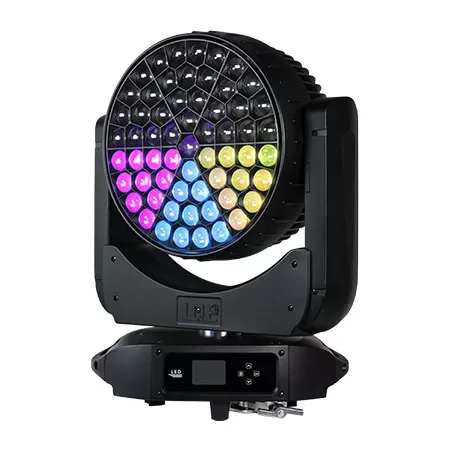

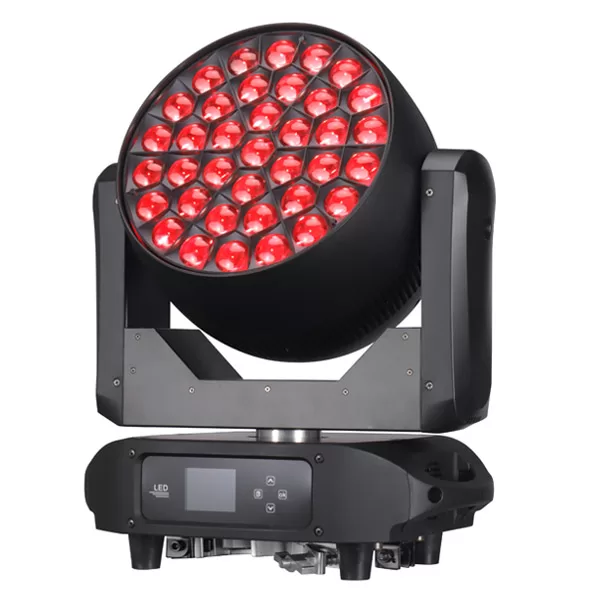
Want to learn more information?
[Reach out to us and receive professional guidance, a personalized quote, and the best solution for your needs.]

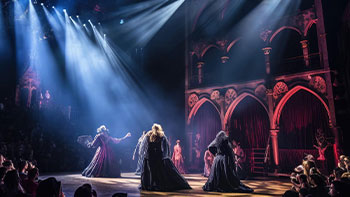
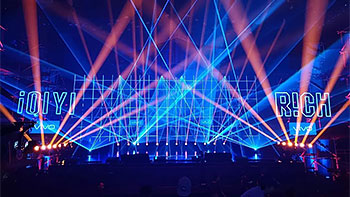

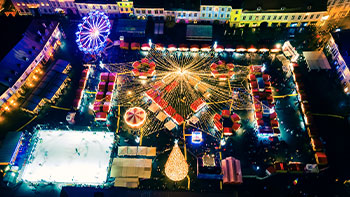









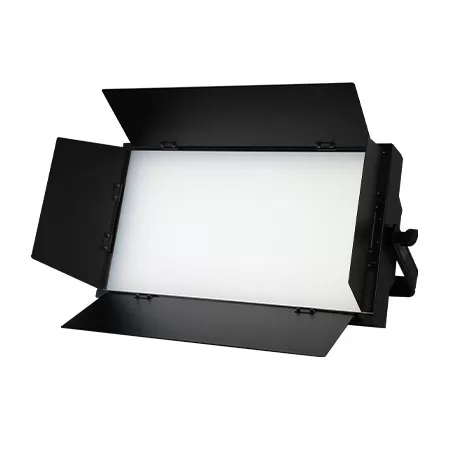
Linkedin
YouTube
Whatsapp: +8618924548390
TikTok